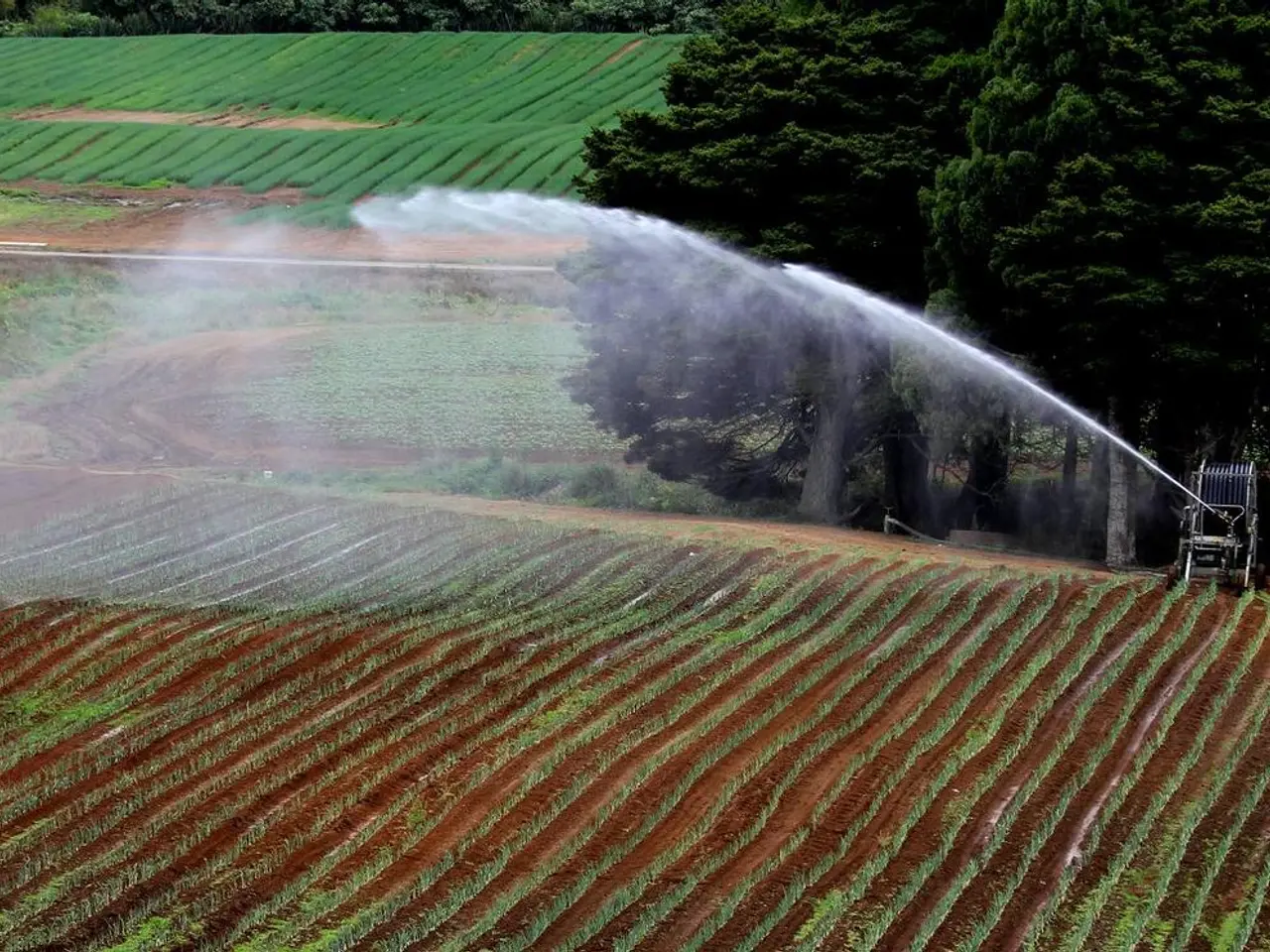Cultivating Garden Earth: A Guide on Soil Maintenance
Improving Home Gardens: A Guide to Soil Testing, Amending, and Maintenance
Maintaining a flourishing home garden relies on the health of the soil, and adhering to best practices for testing, amending, and maintenance is crucial. In this article, we'll delve into the essential steps for nurturing your garden's soil to foster optimal plant growth.
Soil Testing Best Practices
Regular soil testing is key to understanding your garden's soil composition and monitoring changes. Test at least once a year, ideally in early spring before planting, to assess nutrient levels and pH. Collect representative samples from multiple spots within your garden, mix them to create a composite sample, and test for pH, primary nutrients (nitrogen, phosphorus, potassium), secondary nutrients (calcium, magnesium, sulfur), micronutrients, soil texture, and organic matter content. You can use DIY soil test kits for basic checks or send samples to professional labs for comprehensive analysis.
Soil Amending Best Practices
Amend soil based on test results to balance pH and nutrient levels. Adjust pH using lime to raise it or sulfur to lower it. Improve nutrient deficiencies with targeted fertilization, focusing on primary N-P-K nutrients and others as indicated by tests. Add organic matter such as compost or well-rotted manure to improve soil structure, water retention, and nutrient availability. Use soil conditioners like gypsum or lime to improve texture and manage compacted or poor-quality soils. Avoid over-amending that can cause nutrient imbalances or harm beneficial soil organisms.
Soil Maintenance Best Practices
Maintain soil health through regular additions of compost or mulch, monitoring soil moisture to avoid waterlogging or drought stress, rotating crops, using cover crops, and periodically retesting soil to track changes and adjust care accordingly. Address micronutrient deficiencies only if confirmed by testing.
In summary, accurate soil testing guides precise soil amendment—balancing pH and nutrient levels—and ongoing maintenance preserves soil health for optimal plant growth in home gardens. By following these best practices, you'll be well on your way to cultivating a thriving home garden.
References: - [1] Iowa State University Extension and Outreach. (2021). Soil Testing. Retrieved from https://www.extension.iastate.edu/soiltest/ - [2] University of California Agriculture and Natural Resources. (2021). Soil Amendments. Retrieved from https://ucanr.edu/sites/Soils/Soil_Amendments/ - [3] University of Maine Cooperative Extension. (2021). Soil Testing. Retrieved from https://extension.umaine.edu/publications/4458e/ - [4] Michigan State University Extension. (2021). Soil Testing. Retrieved from https://www.canr.msu.edu/news/soil_testing_and_plant_analysis - [5] University of Wisconsin-Madison Division of Extension. (2021). Soil Testing. Retrieved from https://extension.wisc.edu/soil-testing/
- To ensure a thriving home garden, you should test your soil regularly, focusing on assessing pH, nutrient levels, soil texture, and organic matter content.
- You can use either DIY soil test kits or send samples to professional labs for a comprehensive analysis.
- After testing, amend your soil by balancing its pH, addressing nutrient deficiencies, and improving soil structure.
- Incorporate compost or manure, soil conditioners like gypsum or lime, and take care not to over-amend, which can cause nutrient imbalances or harm beneficial soil organisms.
- For ongoing maintenance, add compost or mulch, monitor soil moisture, rotate crops, use cover crops, and periodically retest soil to track changes and adjust care accordingly.
- Always follow the recommendations provided by reliable resources on home-and-garden and gardening lifestyles, such as Iowa State University Extension and Outreach, the University of California Agriculture and Natural Resources, the University of Maine Cooperative Extension, Michigan State University Extension, and the University of Wisconsin-Madison Division of Extension.




